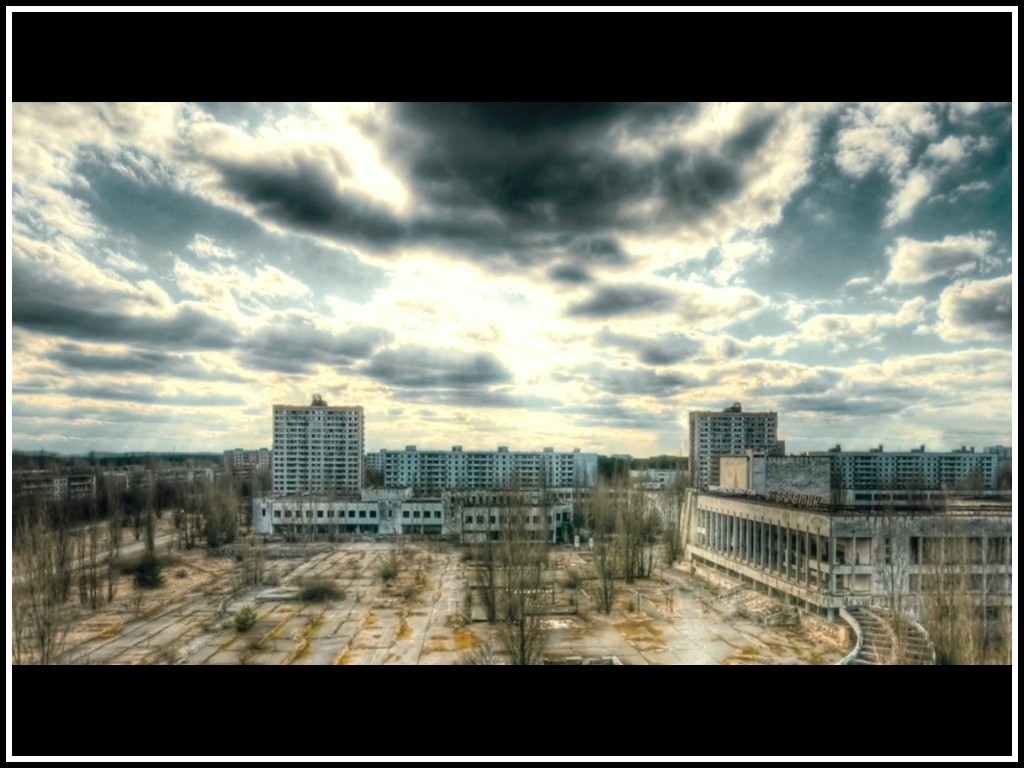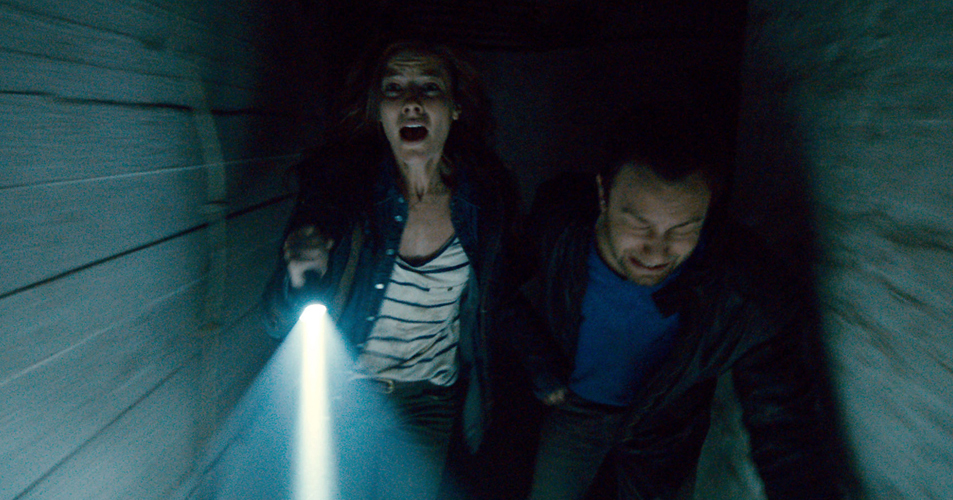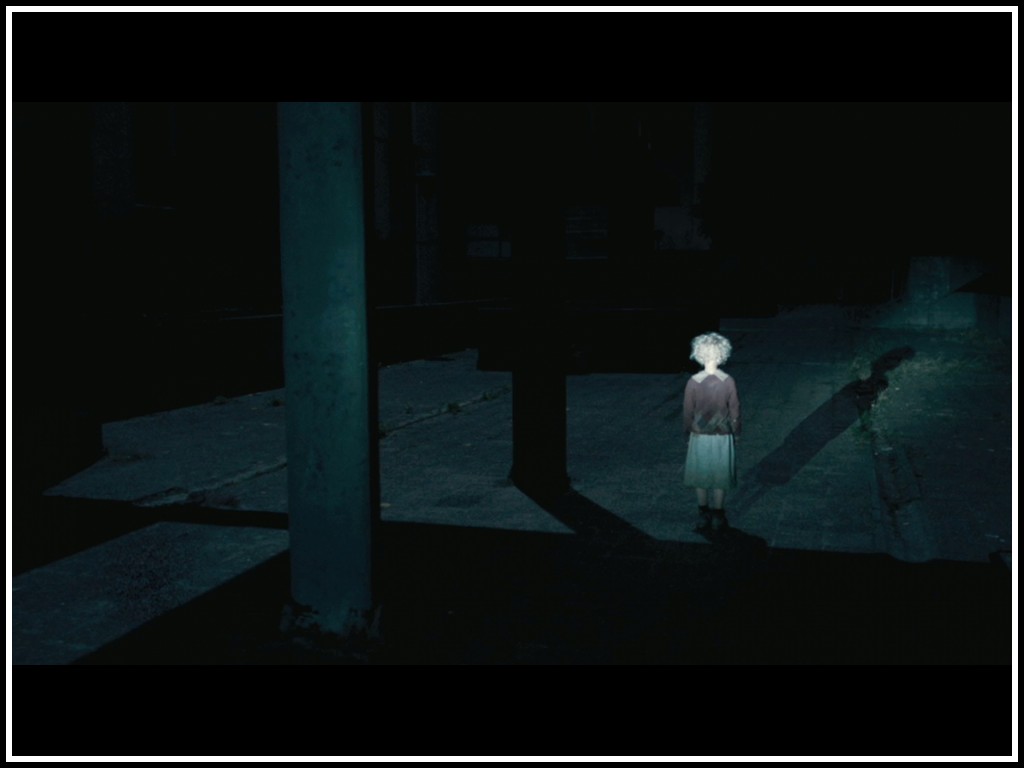“Disaster” is a strong word. It can incite a number of images from rising tides to massive asteroids and any manner of death and destruction audiences have seen onscreen, reminding us the world is a happy and safe place to live in. Despite the gloom and doom of such themes, audiences still respond to the idea of destruction, whether it is global or local, and while the recent release of Chernobyl Diaries isn’t exactly a disaster film, it takes place in the aftermath of one of the worst in world history. That said, we take pause on why disaster settings interest audiences and filmmakers so much.
The thing with these settings is that they often take away from the cast and become the stars of the show—we don’t care about a dad trying to reunite with his family as much as we want to see the Eiffel Tower get leveled, a town get nuked or a rogue wave take out Manhattan. While the upcoming “Diaries” is set in the aftermath of such a disaster, it still has the foundations for a disaster flick.
Case in point…

The Scale
One rule of thumb when dealing with a disaster setting: think big. Whether it is global destruction (2012), a high rise (The Towering Inferno) or a luxury cruise ship (The Poseidon Adventure), you have to have a strong backdrop. Your disaster cannot be set within the confines of “family trauma” or “matters of the heart.” It needs to have a physical presence—something that dwarfs the characters in several respects.
“Diaries” is set in the ghost town of Prypiat, in Northern Ukraine. The town might not have any rogue waves or asteroids hurtling towards it, but it once housed around 50,000 people before the Chernobyl disaster. Now a ghost town, it has all the potential for scale being a location built specifically for the Chernobyl power plant workers. It has atmosphere, decay and ruin—all qualities you find in disaster flicks.

The Rules
Like any good flick or relationship *cough*, you’ve got to have rules for how your mess will play out. Whether it’s out of this reality or within the confines of possibility, there has to be a game plan set down in way audiences can buy: a setting, a threat, a plan and a climax. What is at the heroes’ disposal? What/who can get them killed? Don’t always make the odds staggering but at least make them deadly—nobody likes watching characters breeze through disaster zones.
“Diaries” looks to play with this rule to an extent. It has to take a step further by throwing its players in an already decimated town and screw with their abilities to operate within it. There is no nuclear meltdown to contend with, but there is the fallout effect of the events—radiation levels, decrepit shelter and whatever the hell is running around in the dark, grabbing people. Speaking of which…

The Potential Fallout
One thing disaster flicks are notorious for is often giving little sense of resolution, with decimation or salvation being the two main themes tagged onto the end. There is never any follow up with how everyone has handled said disaster—unless you’re in a Michael Bay movie and you get married during the credits (ugh). Regardless if the day is saved or not, there is no sense of expansion when a disaster is weathered or averted.
The fun idea with “Diaries” is how its premise is set within the aftermath (albeit, decades later) of the Chernobyl disaster. Its entire setting is an effect of the event and leaves the options open for several conflicts—ranging from physical sickness to mutated beings. Plus, if anyone makes it out alive (unlikely given this is also a horror flick), what could be done with the town of Prypiat? Could its inhabitants expand? How many exist?
Setting the film within the aftermath of the meltdown plays with the scale and rules of “Diaries.” Kind of like The Hills Have Eyes on a city-wide level. It has the potential to take the disaster setting and ask “what if?” instead of “it just happened.” Whether they succeed or not is a matter of opinion, but you’ve got to give them props for trying.